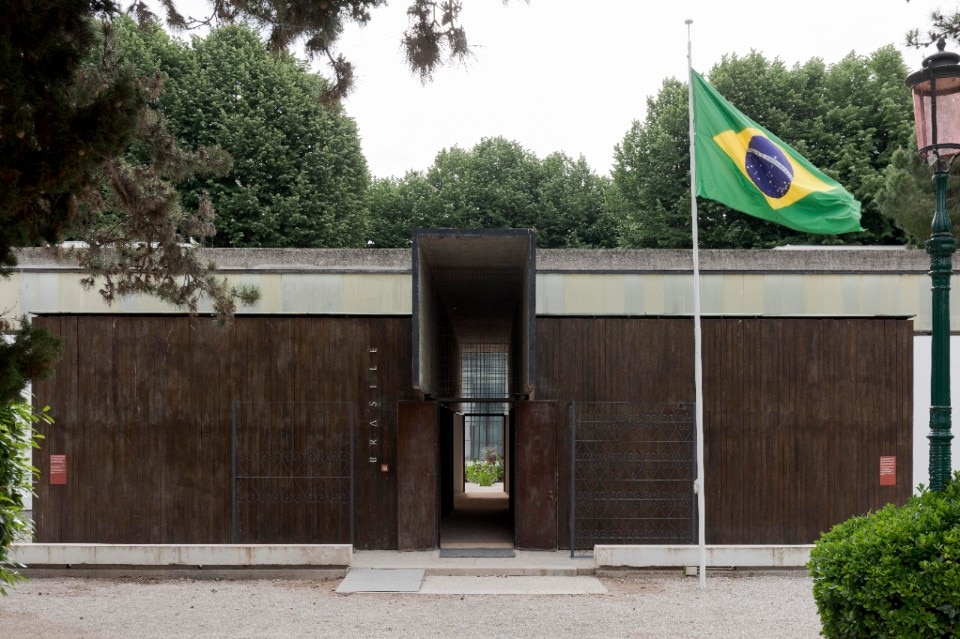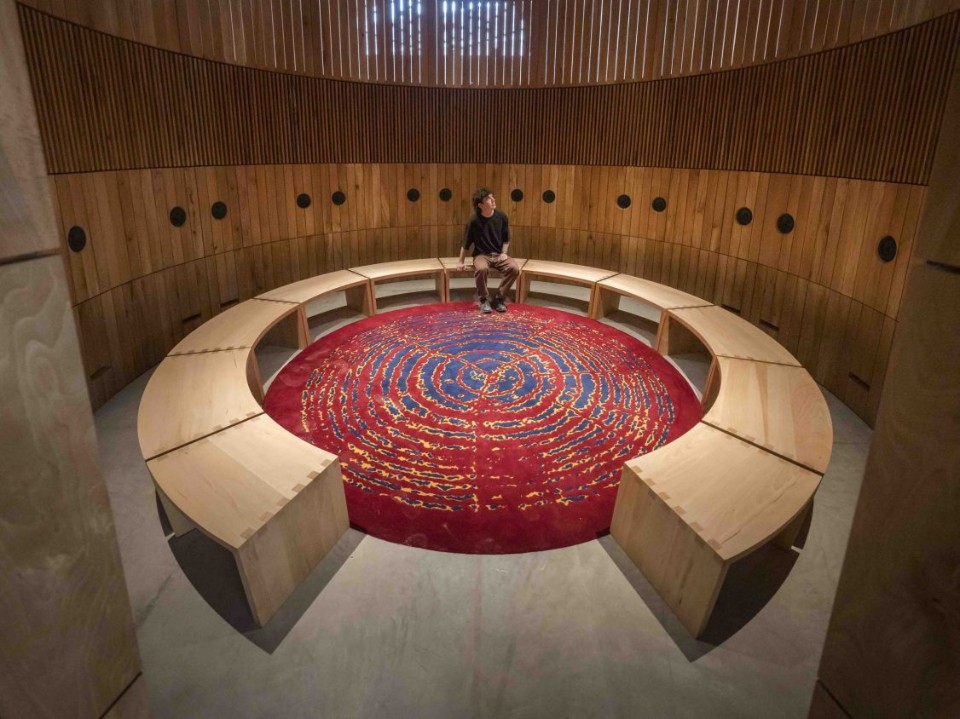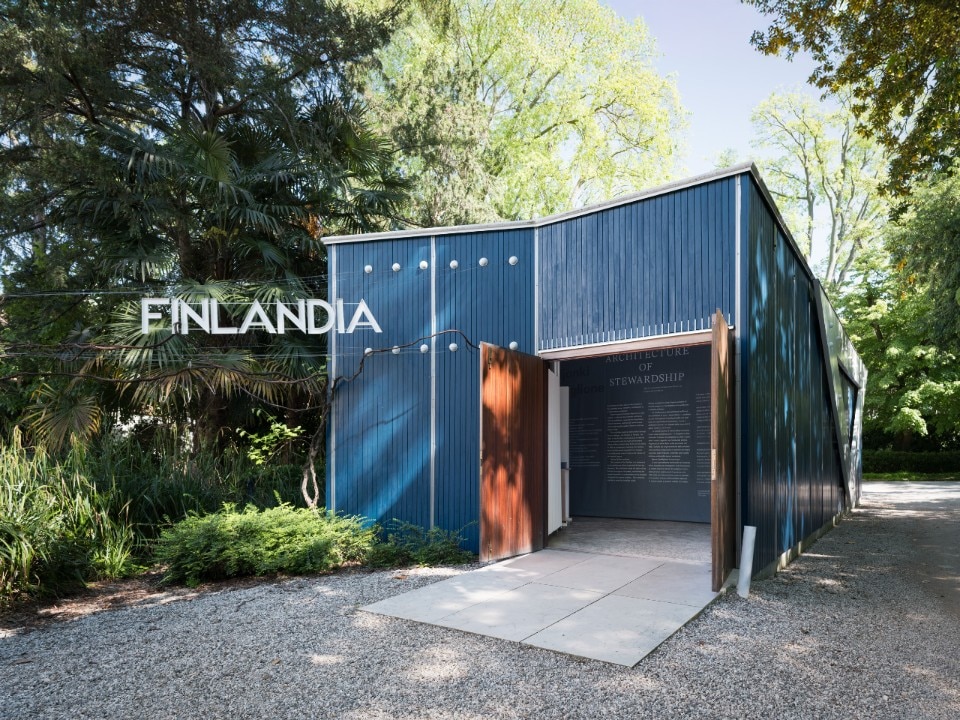When Carlo Ratti was appointed curator of the 19th International Architecture Exhibition, the initial reactions were mixed: certainly some curiosity, but also a degree of skepticism. Yet as the opening approached, curiosity only grew. This edition, titled “Intelligens. Naturale. Artificiale. Collettiva.”, promises at least one thing: to be different from those that came before. And that’s a necessary shift, if the Architecture Biennale truly wants to carve out a distinct identity from its better-known counterpart, the Art Biennale.
The difference is evident right away: fewer scale models on display, more experiences to walk through. Here, architecture is less about construction and more about action, habit, gesture. The pavilions speak less about buildings and more about ways of living. They address adaptation, reuse, and inhabiting the present without chasing heroic visions.
Starting with a photo gallery is a way to access the Biennale: to see, even before we explain.
Estonia stages the transformation of dwelling with insulation materials and models of renovated buildings. Belgium presents a box filled with plants, while the Netherlands uses table football (foosball) as a playful lens for interpreting shared space. Denmark exhibits a pavilion restored after flooding—an emblem of environmental fragility. Argentina surprises with a fleeting inflatable structure, while the UK covers its pavilion facade in reflective spheres, playing between irony and alienation.
Across many Nordic pavilions, a clear tendency emerges—what we might call “minimal architecture”: altering space without building, staying grounded in daily practices, leaving behind light traces.
Among the more unexpected themes are references to veganism—not just as a diet, but as a material and design ethic. Some pavilions explore how to live and build without animal-derived products, turning to alternative materials and more conscious production cycles. A marginal but telling sign that vegan thinking is entering architectural discourse, with implications for supply chains, resources, and the forms of the future.
Amid all this, the image plays a central role. When a project becomes narrative, experience, or process, it’s often photography that remains. It documents, interprets—and, in many cases, replaces—the work itself. That’s why starting with a photo gallery is a way to access the Biennale: to see, even before we explain.
Opening image: British Pavilion, GBR - Geology of Britannic Repair, Chris Lane © British Council



















































